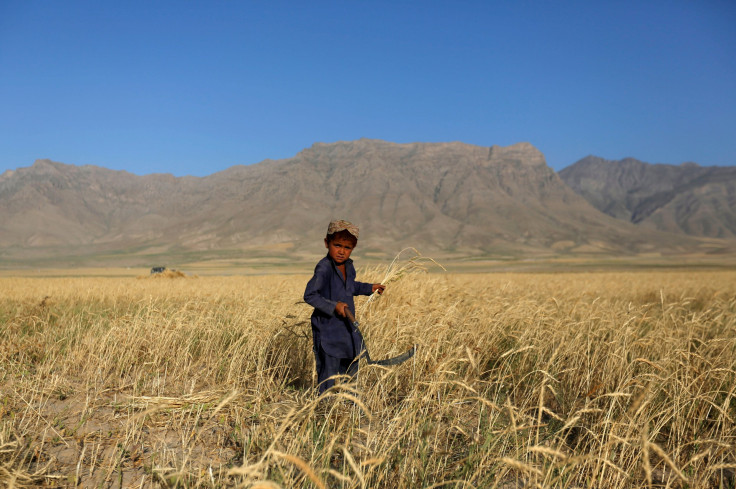Human Skeletons In Fertile Crescent Show Agriculture May Have Been Invented Multiple Times

Scientists have discovered evidence regarding a previously unknown group of Stone Age farmers from the eastern part of the Fertile Crescent, signaling that agriculture was invented more than once, and challenging existing theories related to the origin of the concept.
According to a report published in the journal “Science” Thursday, bones and teeth from four human skeletons recovered from the Zagros mountains in present-day Iran show that they were eating domestically grown crops even 9,000 years ago.
In the past, research has claimed that a group of hunter-gatherers in the Middle East put together the concept of agriculture about 10,000 years ago, migrating to Europe, Asia and Africa, where they slowly either replaced or mixed with the locals.
However, the DNA from the four skeletons shows that they are from a distinct genetic group, which was not known to scientists before, with “brown eyes, relatively dark skin, and black hair.” None of these were related to the Aegeans, widely considered Europe’s first farmers.
The bones belonging to a man found in Wezmeh Cave in western Iran’s Zagros region were the most well-preserved of the four. The other three were found at a site known as Tepe Abdul Hosein, also in western Iran, but were about 10,000 years old, explained the higher level of degradation in their DNA. However, all had “very similar genomic signatures” and were referred to as the “Zagros Neolithics” by the researchers.
Their genetic make up was distinct from the modern Europeans or their crop-cultivating ancestors in western Anatolia and Greece, the Associated Press reported said Joachim Burger, an anthropologist and population geneticist at Johannes Gutenberg University in Mainz, Germany, saying.
The study’s authors reportedly calculated that the two populations split from each other between 46,000 and 77,000 years ago.
Even though the research establishes that the two ancient farming populations didn’t mix, Burger said the probability that they knew of, and even learned from, each other.
“You have to build houses, clear forests, cultivate several plants and ensure a plentiful supply of water. You also have to domesticate several animals, be able to grind flour, bake bread. This is a huge process that takes several thousand years,” said Burger, adding that it was highly unlikely for the development to occur at two places at the same time.
“It had been widely assumed that these first farmers were from a single, genetically homogeneous population,” study co-author Garrett Hellenthal of the Genetics Institute at University College London (UCL) said in a statement.
However, now it appears that “different populations in different parts of the Fertile Crescent were coming up with similar solutions to finding a successful way of life,” added co-author Stephen Shennan of UCL’s Institute of Archaeology, the Orlando Sentinel reported.
© Copyright IBTimes 2024. All rights reserved.






















